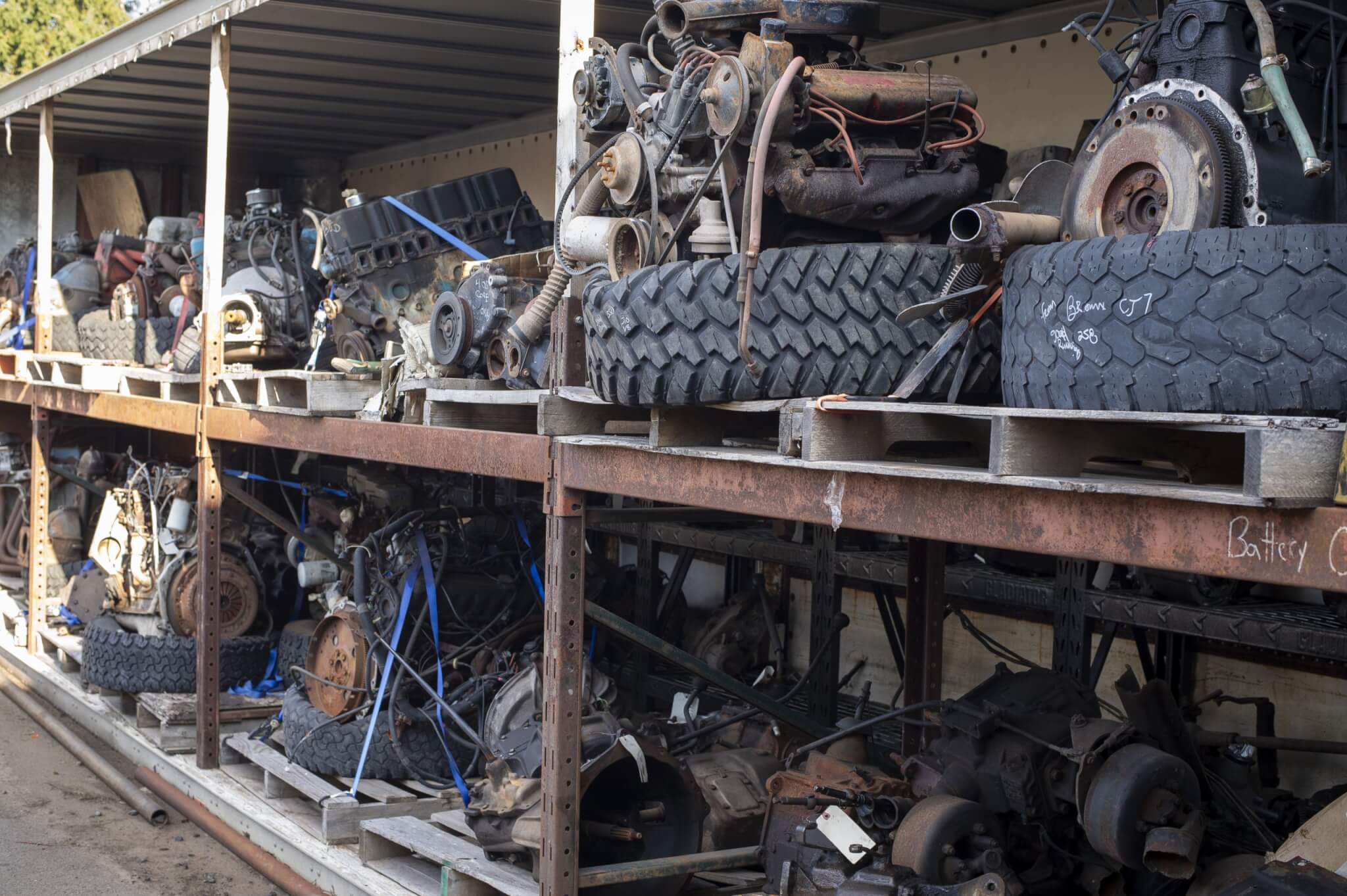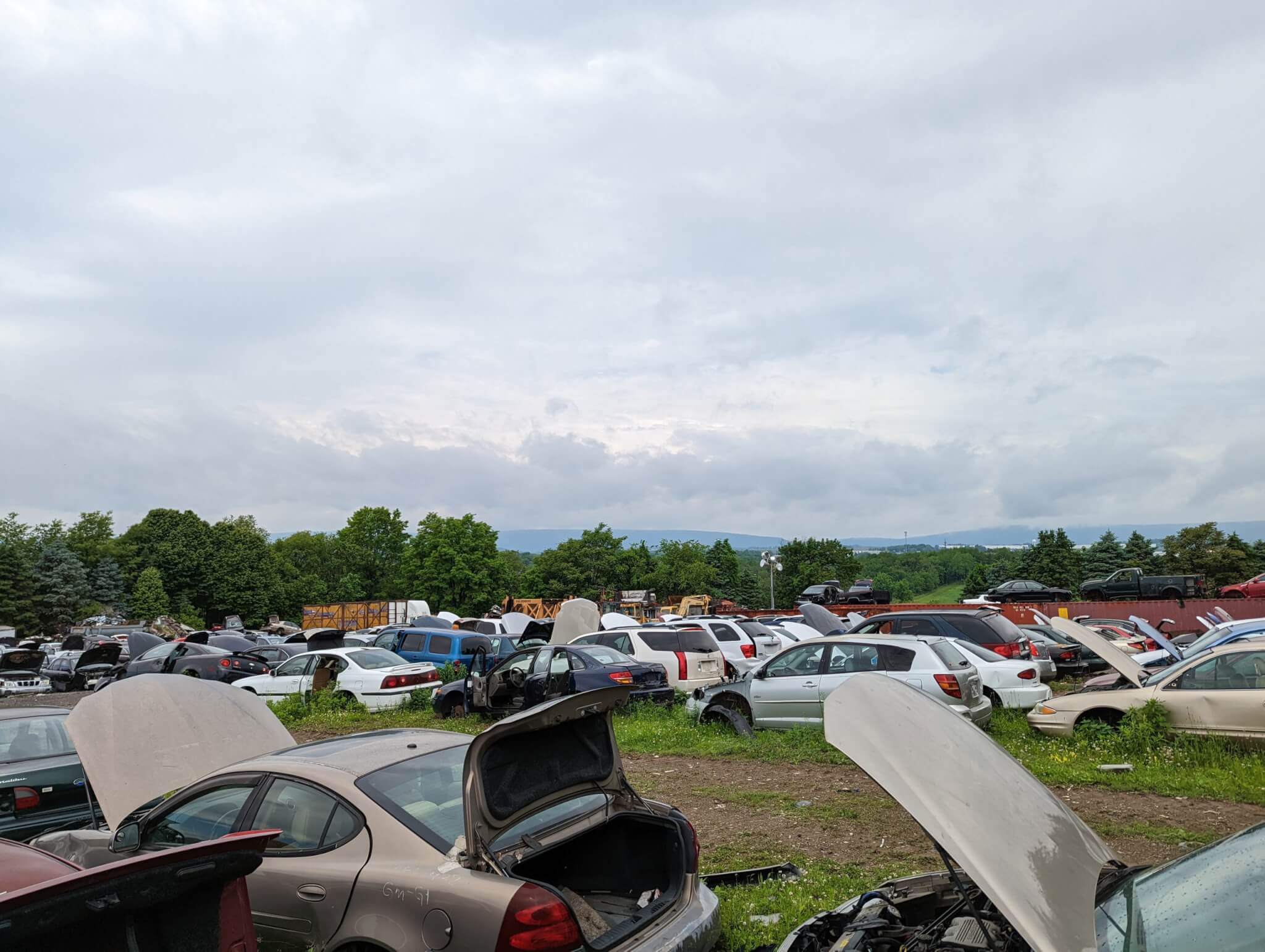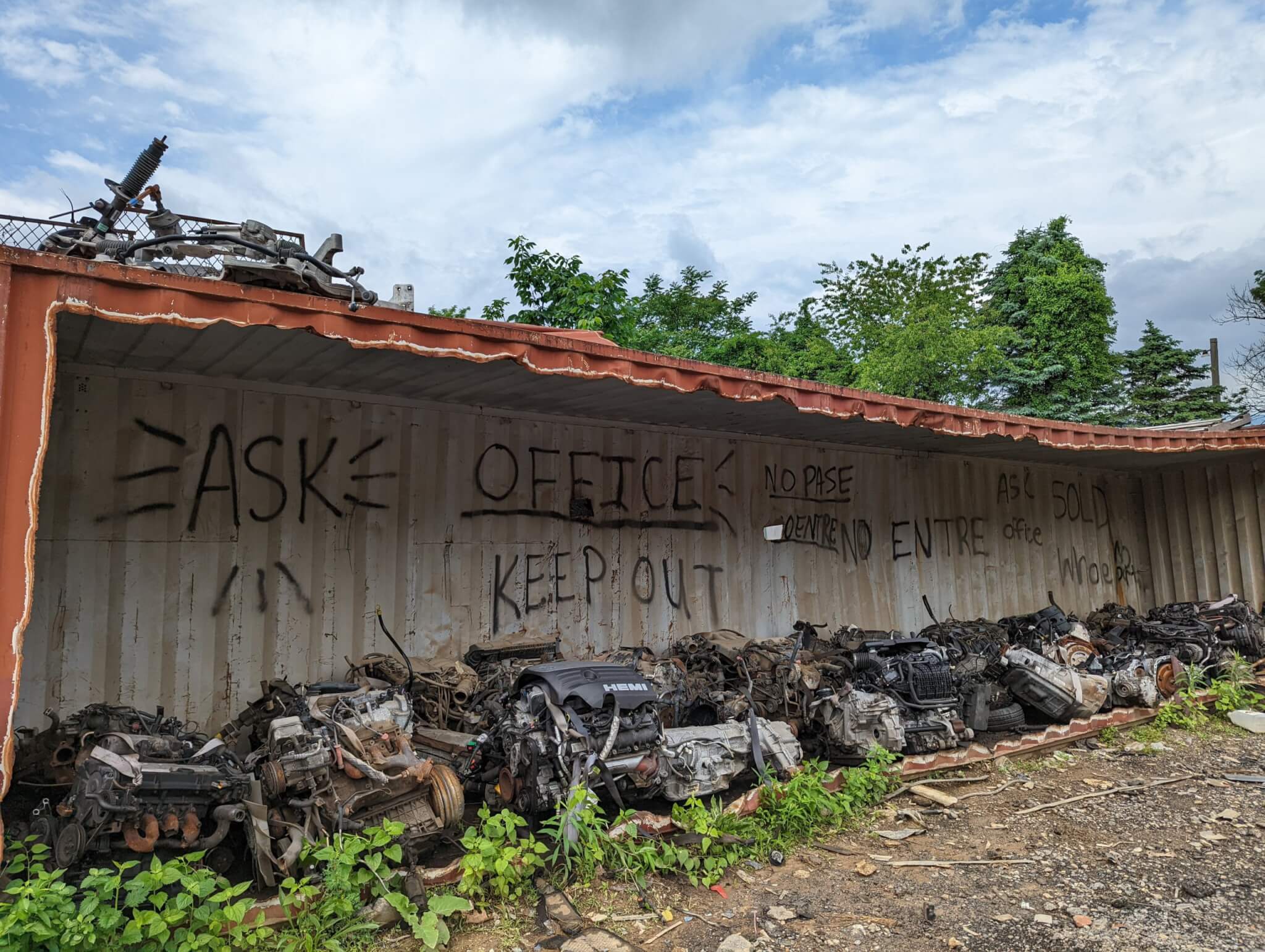Using your shop’s Cost of Doing Business (CODB) as a baseline for labor rates.

In the world of salvage auto parts, most yards fall into one of two camps: you-pull-it and full-serve. You-pull-it yards are just what they sound like: bring your tools; you’ll be removing the parts you need. Full-serve is just the opposite; you call up and either they have the parts on the shelf or they’ll yank the parts for you lickety-split.
So which one do you prefer? Personally, I think both have their place depending on a few things. Here’s a few of the items I think matter when looking for used auto parts.

Where you go is often predicated upon what you need., Photo by Mike Apice.
If you’re clocked in, a full-serve salvage yard is almost the only option. Unless your shop works on rare cars or has very dedicated customers with deep pockets, paying a tech to pack up his tools and do the job twice (once on the customer car and once on the donor vehicle), you’re likely to use a full-serve salvage yard exclusively.
For those of us doing side work at home or rebuilding cars on the side, that might not be the case.
If you want to make a call and that’s all, then a full-serve yard is probably your huckleberry. They’ll have detailed inventory of both parts on their shelf as well as cars in the yard. You-pull-it yards usually have no such thing as they’re not keeping detailed records of what parts are coming off of what cars. In many circumstances, I have found you-pull-it-yards often don’t even keep a current list of vehicles they own, so you better come ready to walk and ready to hunt.

They always look so sad by the time they’re laying in the yard. Photo by Lemmy.
Sometimes, a repair is a reasonably simple matter, like a seat replacement or a specific piece of oft-broken trim. For those, a full-service yard is just peachy. If you need a lot of small ancillary stuff for something like a collision job or an engine swap, a you-pull-it might be just the ticket, though. For larger jobs that require parts that are not easily catalogued or maybe not even sold individually, trying to use a full-serve yard can be a little maddening, because cars may have been dismantled years prior and are no longer even on the grounds. Other times, the yard may not sell you what you want individually. During my own time at a salvage yard, here are a few things I didn’t sell and why I didn’t sell them:
At a you-pull-it, however, you can govern what you are buying because you’re the person pulling the stuff off the cars. Need a harness? Cut back as much as you like. Need all the weird hardware for something? Make a pile.
A full-serve junkyard can really be thought of as a store for used auto parts. A you-pull-it is usually closer to a last-chance automotive bazaar. With less clear inventory and the added labor of getting the parts, walking around, and finding bits and pieces, the you-pull-it yard is the cheapest used parts option hands-down.
You should also be aware that the quality of the parts sometimes is worse at the you-pull-it because other people walking the yard may damage pieces you need getting to the stuff they need. Time is money, and what may be a salvage part to you might just be a piece of junk in the way of someone who came before you needin’ a different part.

You’d think by the time you’re down to the last resort of a salvage yard it would be easy, but compromises are made even here. Photo by Lemmy.
If you know that the pieces you need interchange between different models and you’re good at spotting models within a given year range, a you-pull-it may be helpful. A full-serve yard will likely make use of a Hollander interchange which can mitigate the need to have some of that knowledge, but there are gaps. And sometimes, a set of Honda wheels on an Acura might work just fine, even if “the books” don’t mention it. If you’ve got the time or willingness to experiment (or you’ve done it in the past and remember the results), the you-pull-it yard might be the place to be.
Similarly, if you are well-versed in the trim spec difference within makes and models, a pick-a-part yard can often yield very affordable upgrades like bigger brakes, better wheels, and forced induction bits.
A mobile toolkit is a necessity if you’re not visiting the full-serve yard. Delivery also isn’t gonna happen, so if you’re picking something dirty (An engine?) or large (a hood?), a pickup truck is somewhere between a nice to have and a requirement. Protection from the weather is nice, and some sort of a cart to pull your treasures around is a necessity at a you-pull place.
Full-serve, of course, is much nicer. Show up, and your part is at the counter waiting for you. Usually you can get some help loading your vehicle, and often delivery to your door can be arranged.
Both styles of yards have their place in the world, whether we’re working on the clock or off.
The articles and other content contained on this site may contain links to third party websites. By clicking them, you consent to Dorman’s Website Use Agreement.
Participation in this forum is subject to Dorman’s Website Terms & Conditions. Please read our Comment Policy before commenting.